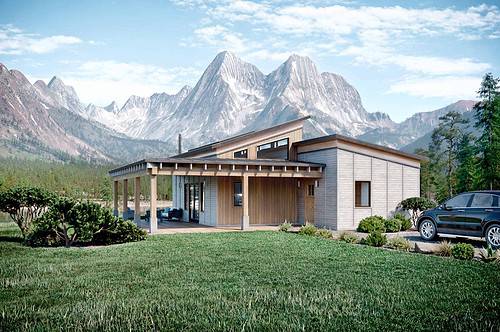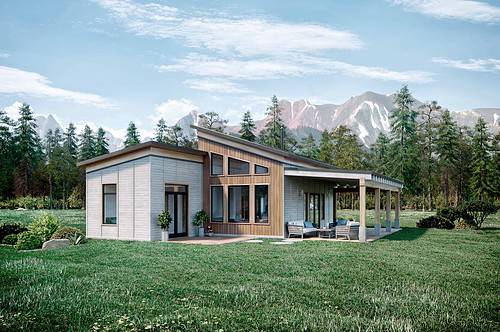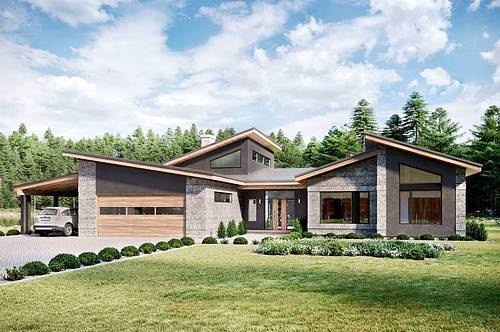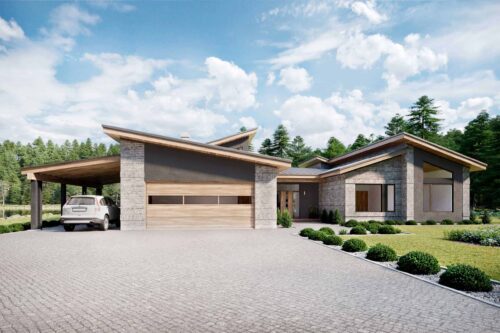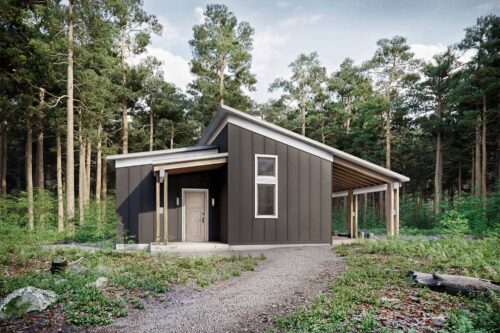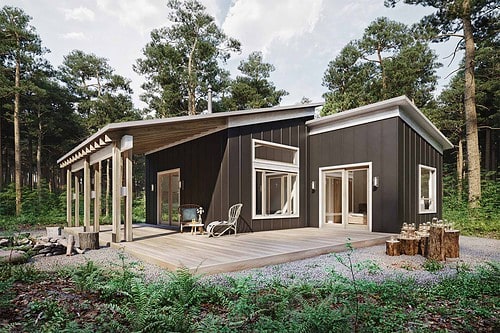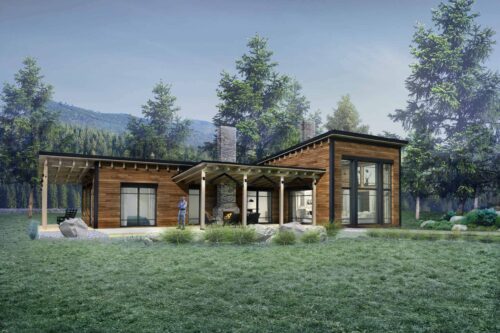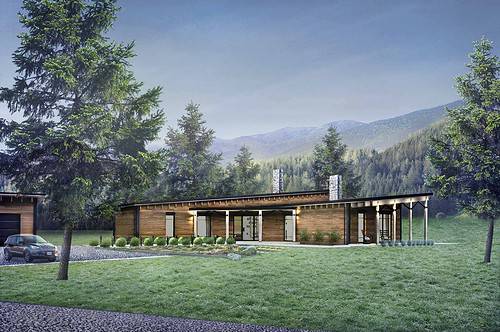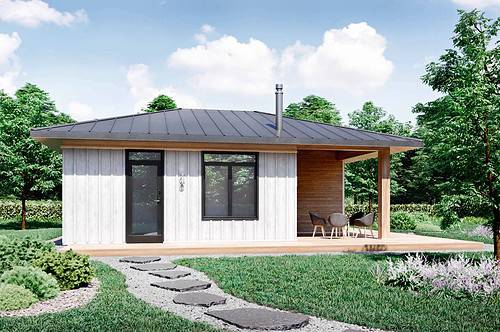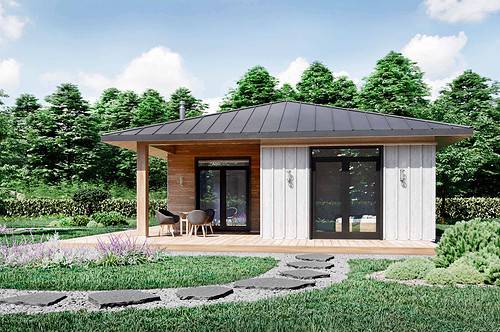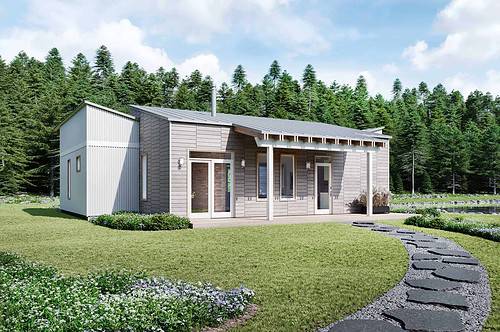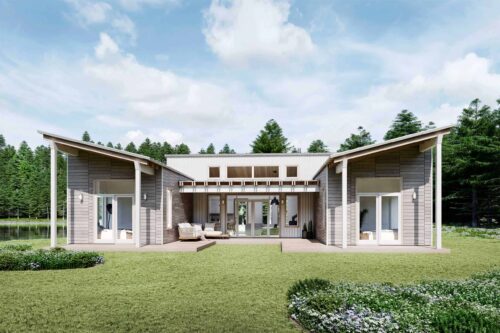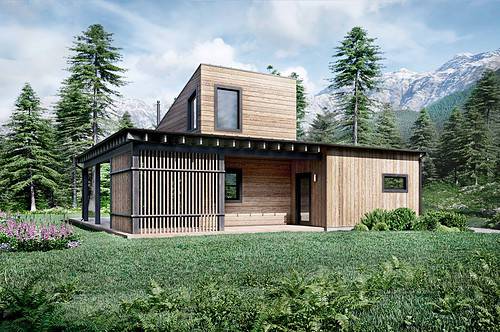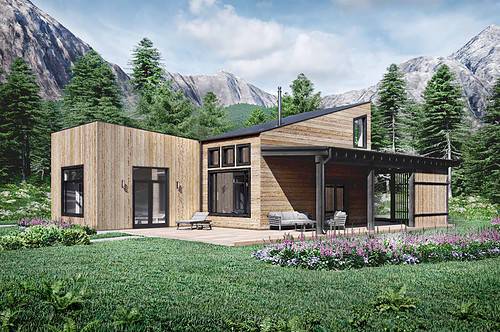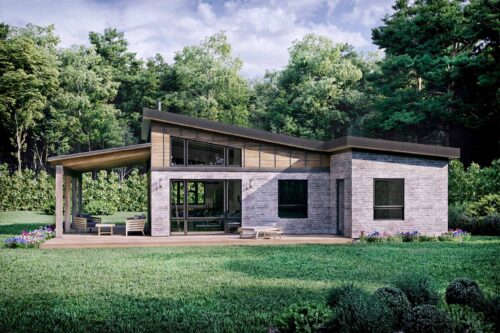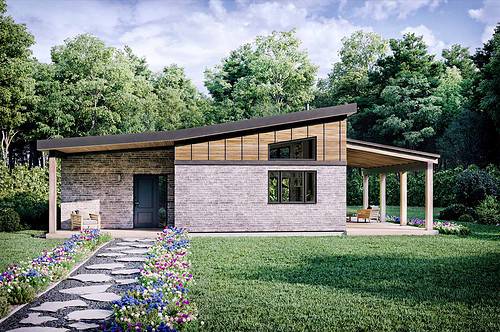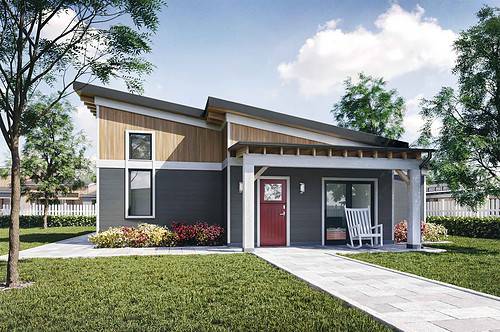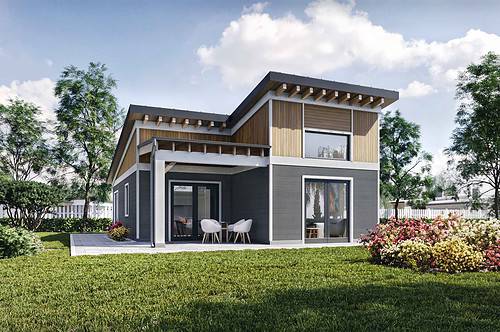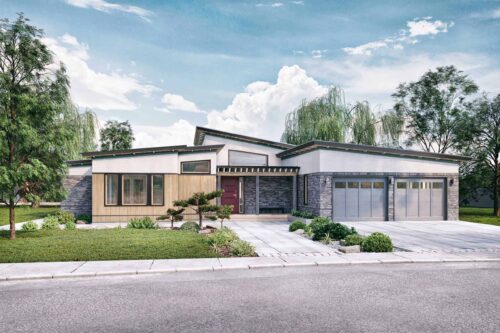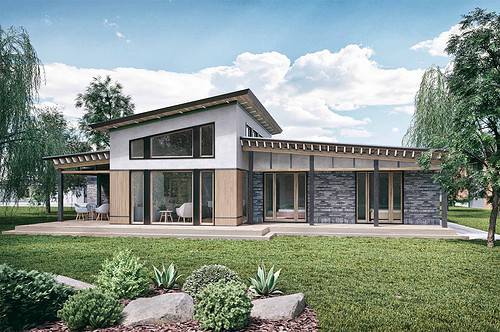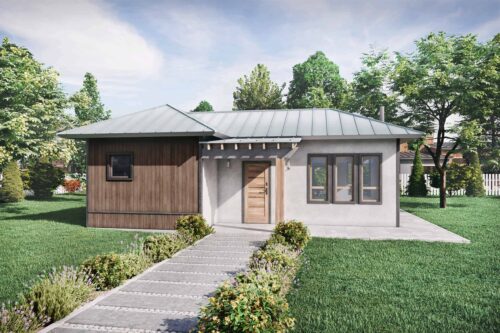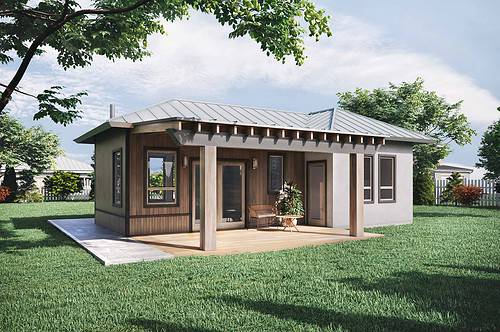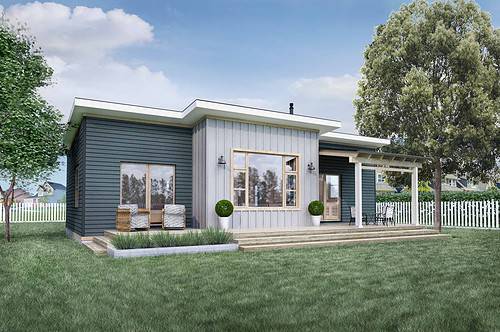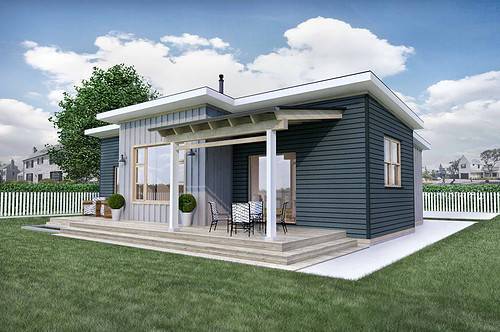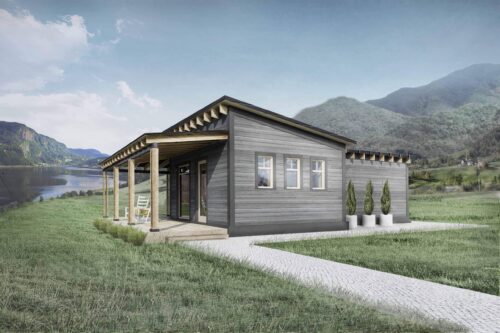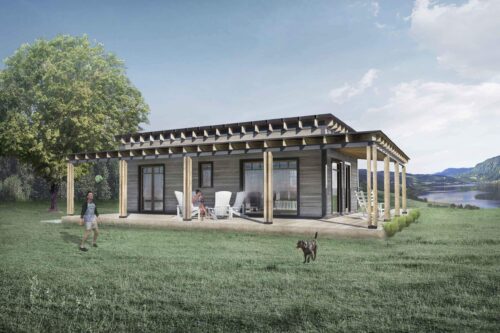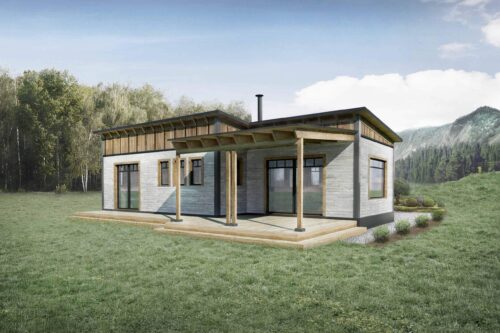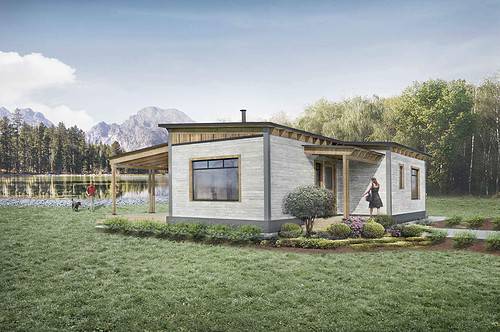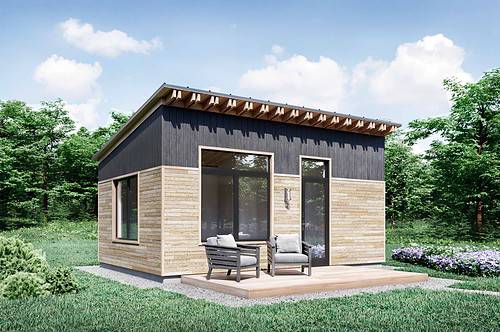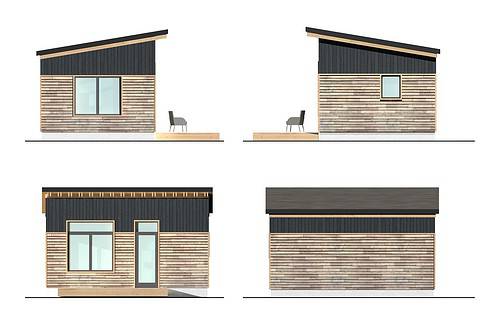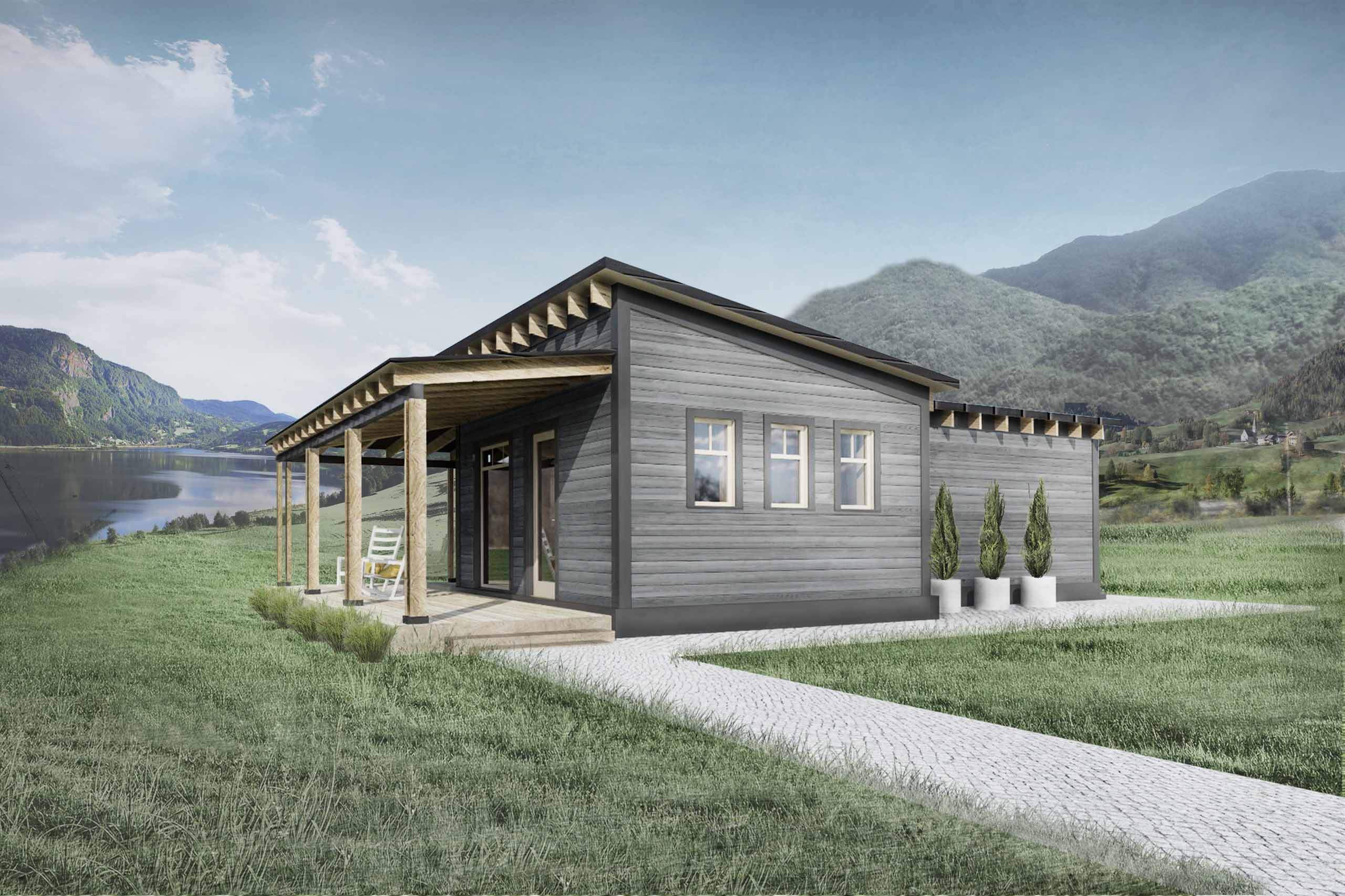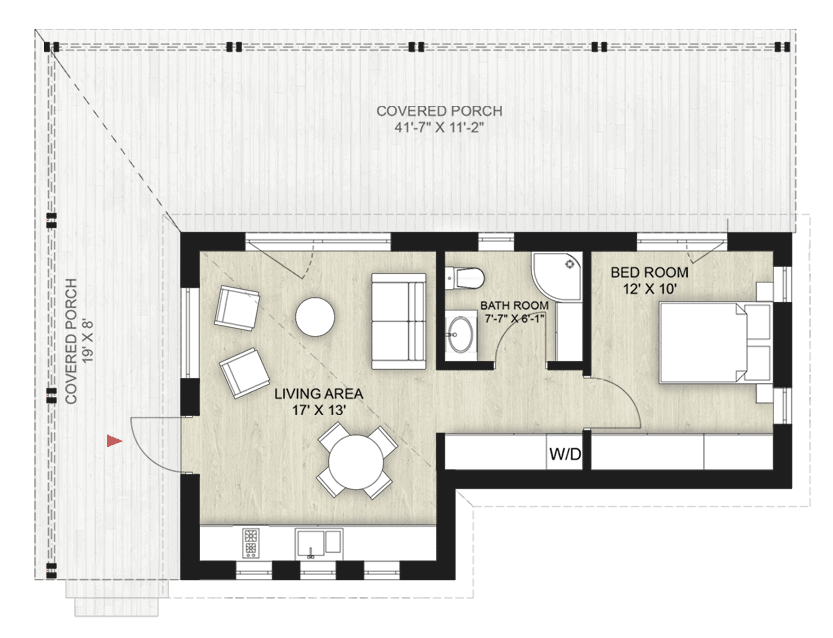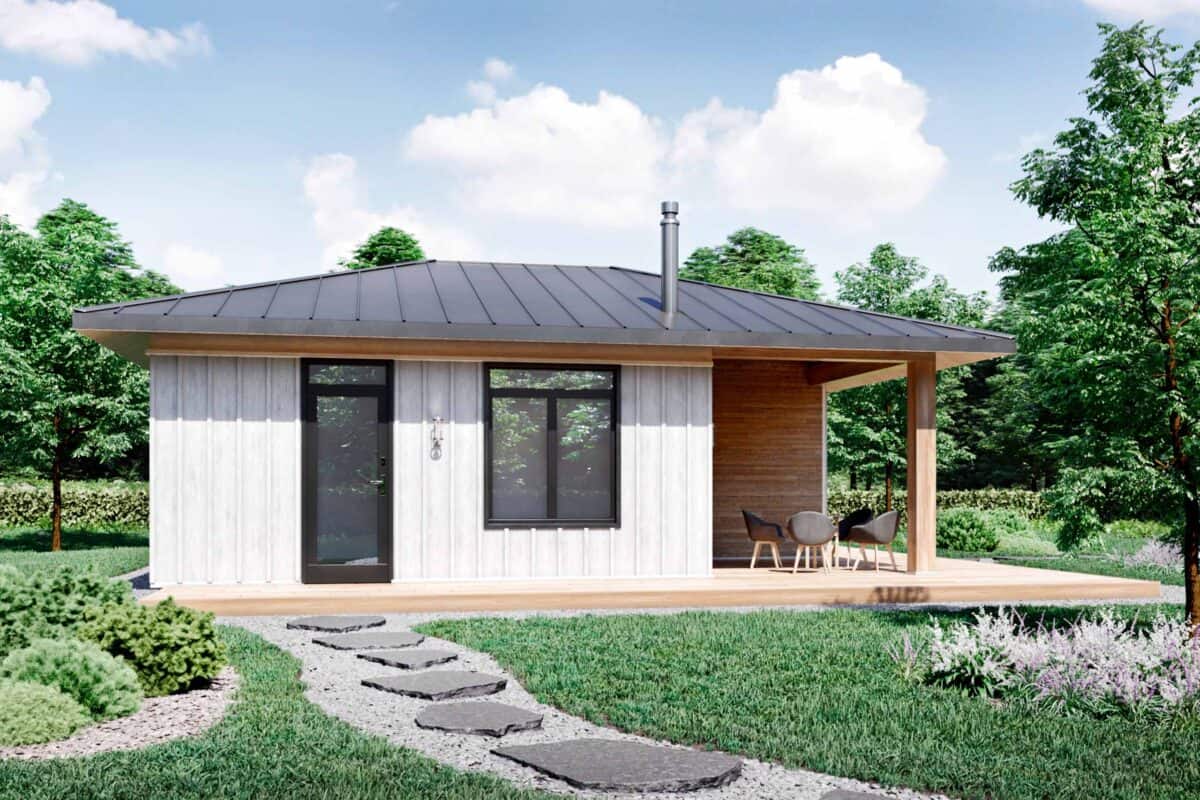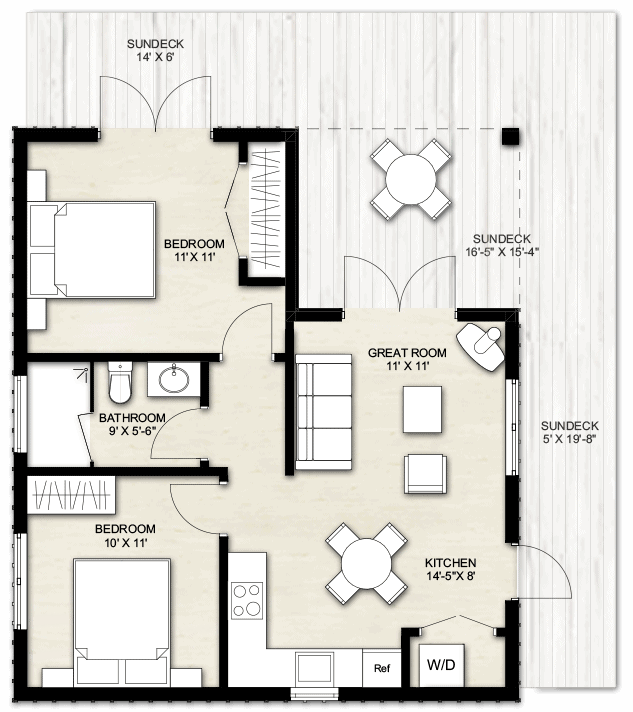No products in the cart.
Guide to Understanding Brick House Floor Plans
In this article, we will provide a detailed guide that will enable you to understand the symbols that you will find in a brick house floor plan or any type of floor plan. With the understanding you get from this article, you will be able to interpret the brick house designs that your architect will present to you.
What is a Floor Plan?
Floor plans are architectural 2D drawings that display a house or any other building’s design as seen from above. This drawing allows you to look into the building as you would if you are above the building and it had no roof. Click here to find out the advantages of 2D CAD drafting over 3D.
What are Floor Plan Symbols?
Since a floor plan represents a building or house in this case, therefore, it must have structural elements that make up the building. These elements are represented by symbols that enable the architect or anyone with an understanding of these symbols to get an idea of how the house will look like.
Conventional symbols that are used usually have a similar outline to the things they represent such as stairs, sinks, stoves, etc. Sometimes, interior design elements such as bookshelves, cabinets, etc. are also symbolized. Dotted or solid lines with different styles and weights can be used to represent objects and their dimensions.
In a floor plan, a legend is always included. The legend provides the viewer with keys that will enable them to interpret and understand the drawing. It is used to define notations and symbols. While the symbols are usually standard, an architect might choose to add some variations. Hence, it is important to check the legend first.
Since we are particular about brick houses also known as stone houses, we will be looking at the common standard symbols you will find in the floor plans of this type of house.
Common Standard Symbols Found in Brick Home Plans
Below are the symbols you will find in the floor plan of stone homes. For better understanding, we have grouped these representations.
1. Door, Window & Stair Symbols in Stone House Plans
You can’t have a house without doors or windows. Hence, you will find these on any plan you look at. Stairs are common as well, especially in a 2 story brick house. Let’s take a look at these elements individually.
Doors
Doors are represented as gaps within the wall; the gaps are usually larger when compared to windows. An arc or curved line indicates the direction the door opens to. There are different kinds of doors:
- Open doorway: For this type, there is no door attached, hence, there is no arc. The space is simply open.
- Single door: Hinged doors such as this have a curved arc of 90 degrees.
iii. Double door: It resembles the letter “M” thanks to the two arcs joining at the middle.
iii. Bifold door: This is mostly for closets. It is always depicted as open; hence, it resembles two raised tents that have an opening between them. The space shows where the doors will meet once closed.
- Sliding door: This looks like a thin line that extends for a wide dark rectangle.
- Pocket door: It is basically a sliding door; the difference is that this goes into a wall once it is open. Hence, the thin line comes out of a rectangle that is wider than that of the sliding door.
Windows
Just like doors, windows are represented as openings in the walls albeit smaller. There are different types:
- Fixed window: This is represented as 3 parallel lines between the walls.
- Vertical sliding window: It is drawn with an additional block above the parallel lines and the wall to show that the window slides upward.
iii. Horizontal sliding window: In this case, vertical lines are drawn within the parallel lines to show that the window slides sideways.
- Single casement window: Just like single hinged doors, this window is drawn with an arc above to show the direction the window opens to.
- Double casement window: The same way double doors have two arcs at the top; this window has two arcs as well.
- Bay windows: This window is angled upwards.
Stairs
Stairs resemble attached rectangles in most cases or other forms. The following are some common features you might find in the plans for the depiction of stairs:
- A line that has an arrow. The end of the line where the arrow is shows the ascending direction of the stairs.
- Landings are depicted as larger squares or rectangles
- Spiral or curved staircases might resemble a wagon’s wheel or just a part of it. The curve will have wedges attached to it.
2. Appliance & Plumbing Symbols Found in Stone Cottage House Plans
In the plan, bathrooms, kitchens as well as laundry rooms have various representations for appliances such as stove, refrigeration, dryer, and washer. These can be beside plumbing elements such as drains, toilets, showers, and sinks. Sometimes abbreviations or labels are used to represent them or give further explanation.
Appliance
Most appliances are represented as simple sketches. In most cases, they are depicted as rectangles with either one or two letters to indicate their function. For example, “WH” means water heater while “W” means washer.
Plumbing
The common plumbing elements found in floor plans are bathtub, shower, toilet, and sinks or different kinds. Sometimes, some associated features in the bathroom such as toilet paper dispensers and towel racks are added.
Since the depictions vary from architect to architect, hence, you need to check the legend of the particular plan you are looking at to enable you easily identify each item.



